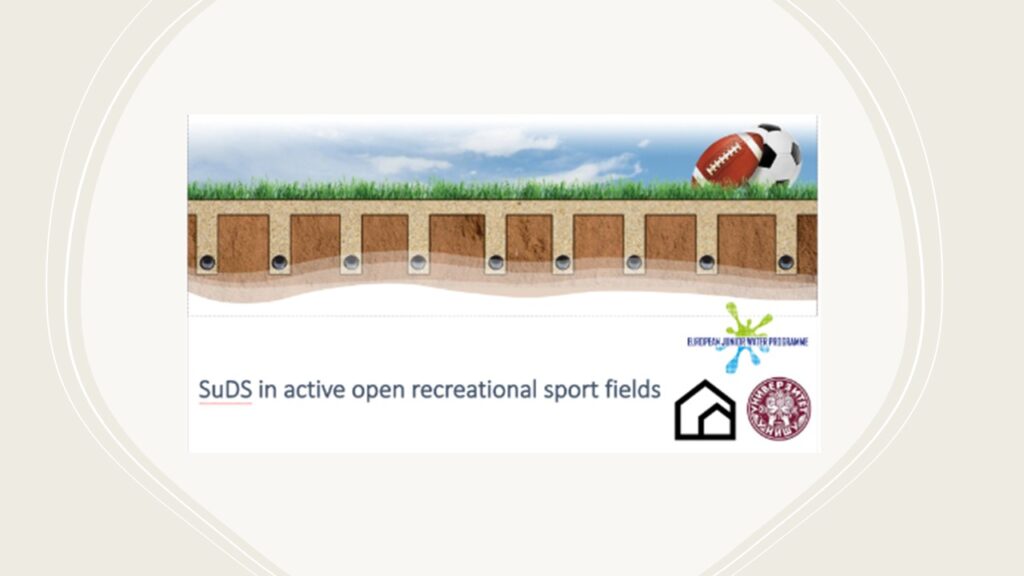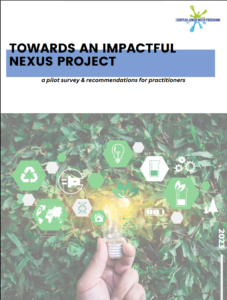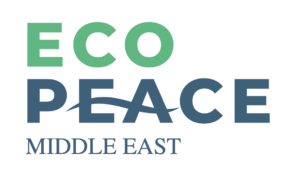Client: Faculty of Civil Engineering and Architecture, University of Niš, Serbia
Period of project: 17 December – 14 March 2022
Participants: Merel Mostert, Andres Lucht, Borko Radivojevic, Manon Berge, Benjamin Hermans
“I am proud of my group, because we have shown that we can deal with topics that are unfamiliar in our backgrounds. So far this was our most complex project, because of the multidisciplinary work involved. We put ourselves in positions of architect, civil engineer and environmental engineer to achieve intended results” said Borko Radivojević, EJWP2 Participant from Serbia, reflected on this experience as the project manager.
Project Description
Recreation is one of the main urban functions. It includes a complex both individual and group psycho-physical regeneration of people in an urban environment. Sports and recreational facilities, as one of the most recognized urban recreational types, hold a significant potential for implementation of current sustainable drainage systems (SuDS) approaches and Eco-Oriented urban Approaches (EOA).
The focus of project was on new development and/or retrofitting active open recreational spaces, while serving as SuDS elements. For that, the focus was on outdoor sports grounds and fields. Therefore, during the research, guidelines were constructed which goal would be to select the most favourable elements depending on the criteria and type of sports field.
Approach
Considering that natural based solutions are increasingly applied in modern era in civil engineering and architecture on residential buildings, recently all this has been extended to other parts of construction. There are several sports facilities in the world that apply sustainable drainage systems (drainage, infiltration, water storage and water reuse) in order to protect against floods. The challenge was to find such sports and recreational fields and learn from their example. So, the main objective was to create the assessment tool that for faster decision making of the SuDS elements depending on different criteria like quantity, quality, amenity and biodiversity criteria.
Results
Topics similar to the one addressed in this project are continuously in focus of the research conducted at our faculty at all study levels. This project can thus provide insight to our students about the results achieved by an international team and potentially understanding of other students’ perception and concept of the problems, shaped by their interdisciplinary educational background.
The results of this research will be used in:
– Faster decision making for stakeholders (using Assessment tool)
– The checklists for assessing adequancy of SuDS elements to support including/retrofitting of sports and recreational grounds aiming at reduction of urban flooding risk
– Identification of additional ecological, social and economic benefits
– Provision of core material for academic papers and educational purposes






